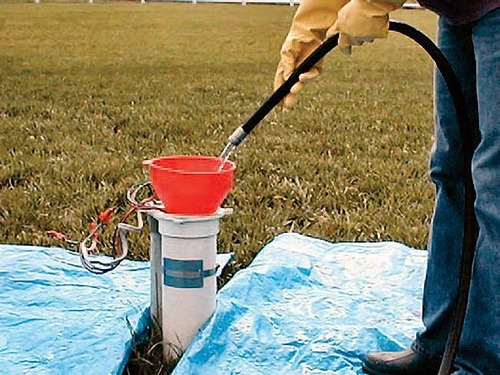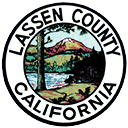
This leaflet has been prepared to answer questions about contaminated wells and to help rural households restore their
wells to a safe operating condition. If this leaflet does not give you the information you need, call your local health department for advice
SHOULD A WELL BE DISINFECTED?
If a well has been contaminated, it should be thoroughly disinfected before the water is used for drinking, bathing, or in the kitchen. For example, a well should be disinfected as soon as possible after a flood, or after the source of contamination has been removed. Disinfection will only kill the disease germs that are already in the well, not any that come in after the disinfection.
If a well was damaged by a flood or other cause, it may require repair or rebuilding in addition to disinfection.
WHY SHOULD I DISINFECT A WELL THAT HAS BEEN FLOODED?
Flood waters are dirty waters. They carry disease germs from septic systems and sewers, as well as filth and silt.
CAN I DISINFECT THE WELL MYSELF?
Yes. You can disinfect your own well, if you have a few tools, some household bleach, and a knack for do-it-yourself work.
HOW DO I DISINFECT A WELL?
These are the steps you should follow:
1.Pump water from the well to waste until it looks relatively clean.
2.After the water looks clean, stop the pump.
3.Household bleach may now be added to the well. It may be necessary to lift the pump, but some wells have openings that can be used for this purpose. The bleach should be added between the casing and the suction pipe of the pump. For wells that have pitless adapters (common in Lassen County), bleach can be added by taking off the well cap and pouring it down the well casing. See table for the amount of bleach to be used.
4.Do not operate the pump for 30 minutes. After 30 minutes, with the taps, faucets and hydrants open or closed, surge the well by starting and stopping the pump several times.
5.Open EVERY tap, faucet or hydrant in the water piping system, start the pump, and let water flow until clean water with a strong smell of chlorine comes out.
6.Stop the pump and close ALL the taps, faucets and hydrants. Allow bleach to remain in the system for 24 hours, but not less than 12 hours (overnight is the most convenient period).
7.After the 24 hour period, open ALL taps, faucets and hydrants, start the pump, allowing the water to circulate to waste until no chlorine odor is present. (NOTE: If household waste is disposed of to a septic system, DO NOT open inside taps at this time. Before starting the pump, open the outside taps only so that waste water can be circulated to the ground surface. Too large an amount of chlorine may be harmful to the beneficial bacterial processes of the septic tank. In addition, the large volume of water would be a heavy load on the leach field. When there is little or no bleach smell, open the inside taps and let them flow until the bleach odor is gone).
8.Contact a California State certified laboratory to have a bacteriological test performed on the water.
9.If there is still any question as to the quality of the water, drink bottled water, or boil well water for a minimum of 10 minutes prior to use.
IN STEP #3 ABOVE, WHAT KIND OF BLEACH SHOULD BE USED?
You can use any ordinary liquid household bleach, if you make sure that it contains chlorine. Read the label and see that it says the bleach contains 5.25% sodium hypochlorite. Clorox, Purex, White Magic and Sani-Chlor are some of the trade names for liquid bleaches sold in grocery stores.
HOW MUCH BLEACH SHOULD I USE?
The amount of bleach you need depends on the size and depth of the well. If your well is 100’ deep or less, you can use the following table to find the amount of bleach needed:
Diameter of well casing Amount of Household
Bleach Needed
4 inches 1 pint
6 inches 1 quart
12 inches ½ gallon
16 inches 1 gallon
Use twice the amount of bleach if your well is 100’ to 200’ deep. It will not matter if you use more than the amounts shown above, but be sure you use enough.
WHERE CAN I GET HELP IF I HAVE AN UNUSUAL PROBLEM IN DISINFECTING MY WELL?
Contact the Lassen County Health Department office at
(530) 251-8528. They will assist you if you have questions
about disinfection of wells that are not answered by this leaflet.
